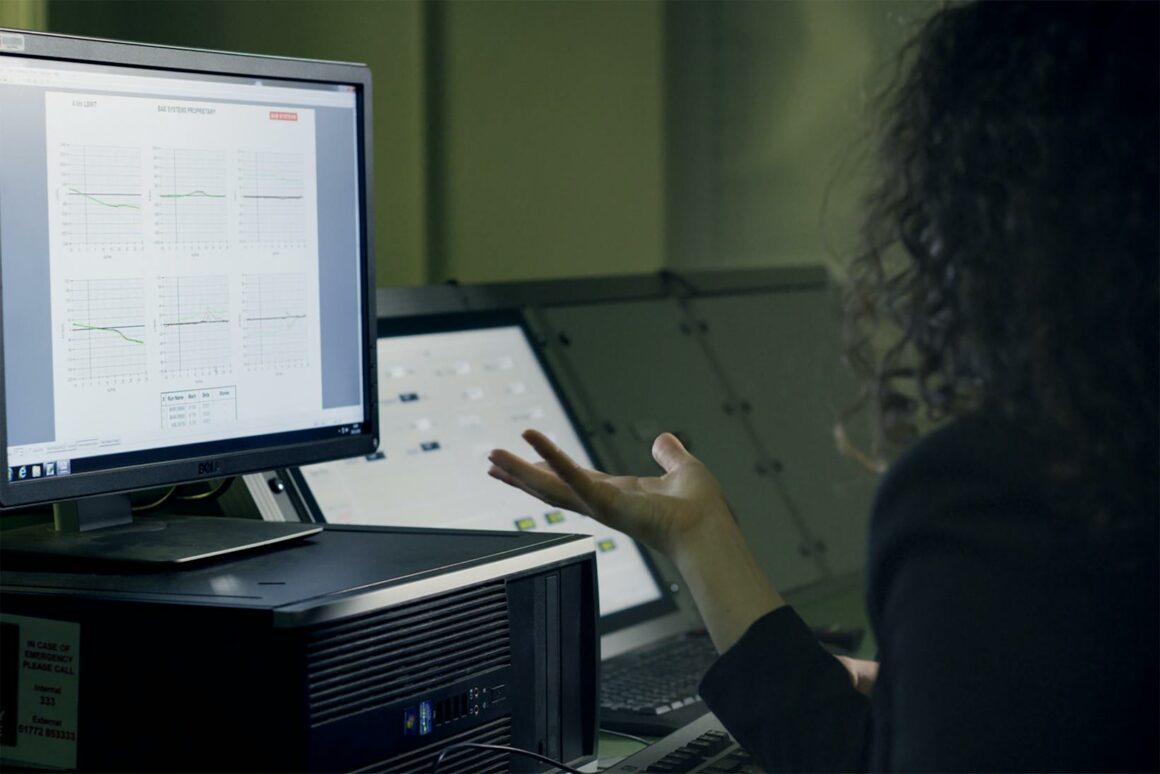In the ever-evolving world of science, the tools of the trade are as diverse as the disciplines themselves. From microscopes that unlock the secrets of the microscopic world, to telescopes that give us a glimpse into the vastness of the cosmos, science items play a crucial role in our quest for knowledge.
These tools aren’t just for the professionals either. With the rise of citizen science and at-home experiments, there’s never been a more exciting time to dive into the world of scientific exploration. Whether you’re a budding biologist or an amateur astronomer, there’s a science item out there that’s perfect for you. So let’s embark on this fascinating journey together, exploring the myriad of science items that help us understand and appreciate the world around us.
Science Items
Science plays an integral role in education, acting as the backbone of numerous academic disciplines. Through science, students garner a deep understanding of the natural world. It provides a platform for critical thinking, offers a detailed look into cause-effect relationships, and cultivates a culture of evidence-based decision-making. One instance that exemplifies this is the consistent use of the scientific method in solving problems, which promotes an analytical mindset.
The Importance of Science in Education
 Education grounded in science directly impacts students’ proficiency in mathematics, technology, and other sphere-related subjects. For example, students studying earth science often use mathematical models to predict geological occurrences. Similarly, understanding computer science and coding relies heavily on logical reasoning—a core principle in the domain of science.
Education grounded in science directly impacts students’ proficiency in mathematics, technology, and other sphere-related subjects. For example, students studying earth science often use mathematical models to predict geological occurrences. Similarly, understanding computer science and coding relies heavily on logical reasoning—a core principle in the domain of science.
How Science Items Enhance Learning
Science items serve as essential tools for bridging the knowledge gap among learners. They have a remarkable impact on students’ learning experiences, transforming abstract ideas into tangible realities. Microscopes, for instance, enable students to explore cellular biology, profoundly enriching their understanding of life at the microscopic level.

From simple items such a magnifying glasses to advanced tools like digital spectrometers, science items cater to a broad spectrum of educational needs. They stimulate curiosity, reinforce theoretical knowledge with physical evidence, and inspire scientific inquiry. For example, let’s consider a weather station kit. It brings meteorological concepts to life, encouraging students to record and analyse weather patterns, thus offering a first-hand experience of atmospheric studies.
Finally, virtual or digital scientific tools also provide an immersive learning experience. Through digital simulation software—or virtual lab environments—complex scientific theories and processes become approachable. A classic example here would be a virtual chemistry lab, where students safely and conveniently conduct complex reactions, aiding in a thorough comprehension of chemical formulations and interactions.
The proper utilization of science items, whether physical or digital, significantly enhances the learning journey, making science more accessible, engaging, and informative by offering a hands-on and enriched academic approach.
Top Types of Science Items for Enthusiasts
Continuing from the overview on the role of science items in advancing knowledge and understanding, this section delves into specific types of science items that enthusiasts will find particularly beneficial. Each type of item has unique features, and its application contributes significantly to the learning process.
Educational Kits for Young Scientists
 Educational kits offer an exciting avenue for young scientists to explore the realm of science. They typically comprise scientifically oriented toys or functional miniaturized versions of lab equipment. From chemistry sets to robotics kits, they provide a hands-on experience with scientific concepts.
Educational kits offer an exciting avenue for young scientists to explore the realm of science. They typically comprise scientifically oriented toys or functional miniaturized versions of lab equipment. From chemistry sets to robotics kits, they provide a hands-on experience with scientific concepts.
Lab Equipment for Experimentation
On a more professional level, lab equipment aids in practical experimentation and analysis. Among the frequently utilized lab items are microscopes, spectrometers, and centrifuges. A microscope, such as the Celestron MicroDirect 1080p HD Handheld Digital MicroView Microscope, enables a close study of specimen details at a microscopic level.
Conclusion
Science tools aren’t just pivotal for education and exploration; they’re a gateway to critical thinking and problem-solving. They’ve made it possible to bridge gaps in knowledge and make abstract concepts tangible.

